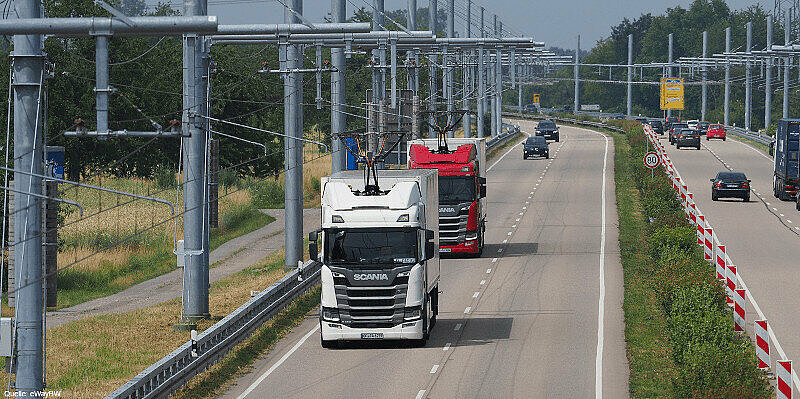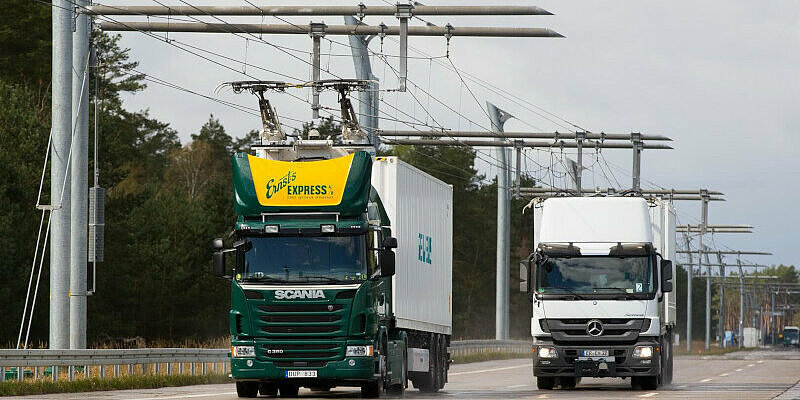Legal issues to be clarified in a pilot project
Within the framework of the present feasibility study, the legal questions surrounding the Energy Bands could not be answered, but the subject areas that must be dealt with at the start of their implementation were defined. In addition, initial assessments were made where possible:
Building permit - development plan - ban on high-rise buildings along the highway: Due to the privileging of PV ground-mounted systems along highways (December 2022) and the decision to accelerate approval procedures for PV and wind power (January 2023), it should be possible to implement Energy Bands rather quickly. With regard to the ban on high-rise buildings, comparable facilitations for special permits should apply, following the example of the E-Highways in Germany.
EIA obligation - lawsuits: Since Energy Bands are located directly in polluted areas due to their location on the highway, their extraordinary contribution to environmental and climate protection as a PV system with a significantly lower negative albedo effect should offset any potential environmental impact.
Critical infrastructure - safety: Energy Bands will be regarded as critical infrastructure at the latest when they grow together to form the “Energy Internet” for Germany and Europe. The safety of the control system and the components must be ensured, as must operational safety, especially in the event of accidents. Here, we can draw on the experience of the e-highways in Germany and, if necessary, from the rail transport close to the federal trunk roads.



